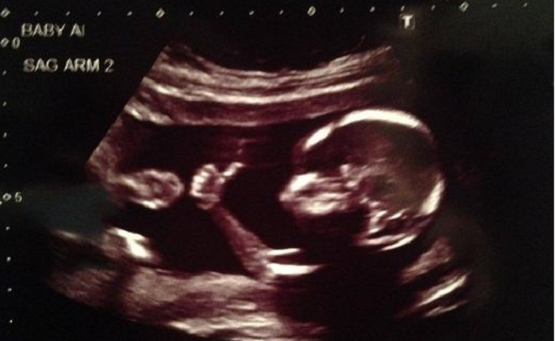The Trump administration introduced additional rules this summer to restrict taxpayer-funded research that uses aborted babies’ body parts.
Last week, the National Institutes of Health outlined the specifics of the requirements, including detailed explanations from scientists about why they want to use tissue from aborted babies rather than ethically-obtained materials, according to Science Magazine.
The new rules apply to tissue and cell lines taken from baby parts from elective abortions only; human tissue donated from miscarried babies and other ethical sources will not be subjected to the rules, The Scientist reports.
For months, the Trump administration has been working to end the unethical practice of using aborted baby body parts in taxpayer-funded scientific research. In December, it announced a new $20 million grant to invest in ethical alternatives to aborted baby parts.
The latest rules subject scientists to a much more rigorous process for obtaining taxpayer funding if they plan to use aborted baby parts.
According to Science Magazine:
In their proposals, applicants will need to describe the process they will use to obtain consent to use tissue from a woman having an abortion. (Until now, a university official simply needed to certify that the tissue would be obtained in accordance with federal ethics regulations.) Applicants will also have to explain how they will dispose of the tissue. They will also need to provide scientific justification for not using an alternative such as adult tissue or organoids.
Those grants then must be reviewed and approved by a new Ethics Advisory Board of scientists, ethicists, attorneys and theologians, all appointed by the secretary of the U.S. Department of Health and Human Services, according to the report.
Click Like if you are pro-life to like the LifeNews Facebook page!
Some scientists, including graduate and postdoctoral students, as well as in-house NIH scientists, may not use fetal tissue from aborted babies at all under the new rules, according to the reports.
Dr. David Prentice, vice president and research director at the pro-life Charlotte Lozier Institute, said the rules are good news for ethical accountability in scientific research.
“The language is trying to hold an ethical standard for the research proposals and the research that might be done,” Prentice told the magazine. “The policy is not just about science. It’s also about ethics.”
In the past, the federal government has given hundreds of millions of dollars to researchers who use aborted baby parts in their experiments. In 2018, the amount was about $115 million through the NIH, the report states.
Pro-life groups and conservative news outlets recently uncovered new details about government spending on this unethical research. Some of the government contracts have used tax dollars to pay for body parts of healthy, late-term aborted babies – including potentially viable unborn babies up to 24 weeks.
Some scientists have complained about the Trump administration’s changes. But others say research using human fetal tissue has not been successful. Prentice and Tara Sander Lee of the Charlotte Lozier Institute said there are ethical alternatives available to scientists that do not involve the destruction of a human life.
A November letter from HHS assistant secretary of health Brett Giroir said the Trump administration is “fully committed to prioritizing, expanding, and accelerating efforts to develop and implement the use of these alternatives.” He also said the department is “pro-life and pro-science.”
The administration also said HHS is conducting an audit of all acquisitions involving human fetal tissue to “ensure conformity with procurement and human fetal tissue research laws and regulations.”
In 2018, a CNS News report shed light on how taxpayers’ money is being spent on these ethically troubling experiments. One NIH contract with University of California San Francisco provides money for aborted body parts to conduct experiments involving “humanized mice.”
Aborted baby body parts used in the experiments were taken from healthy, later-term unborn babies. According to the report, the aborted babies were 18 to 24 weeks gestation from “women with normal pregnancies before elective termination for non-medical reasons.” Another article indicated aborted babies’ livers and thymuses also were used. They were between 20 weeks and 24 weeks gestation.
A 2017 journal article indicates researchers also used aborted babies’ intestines in their experiments.








